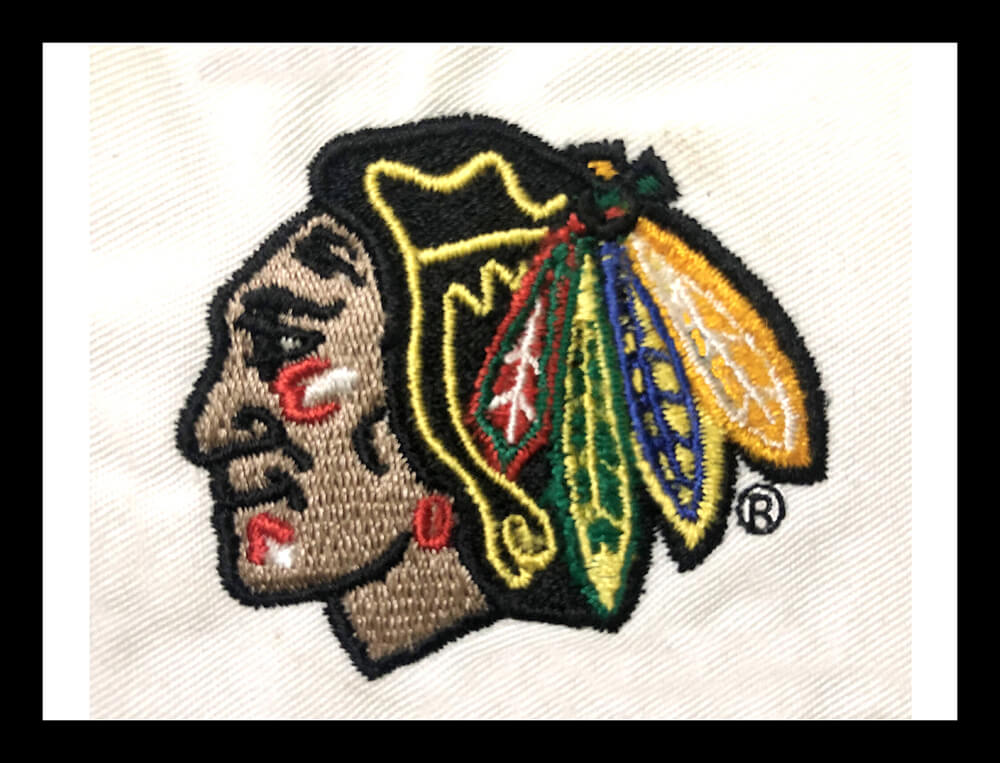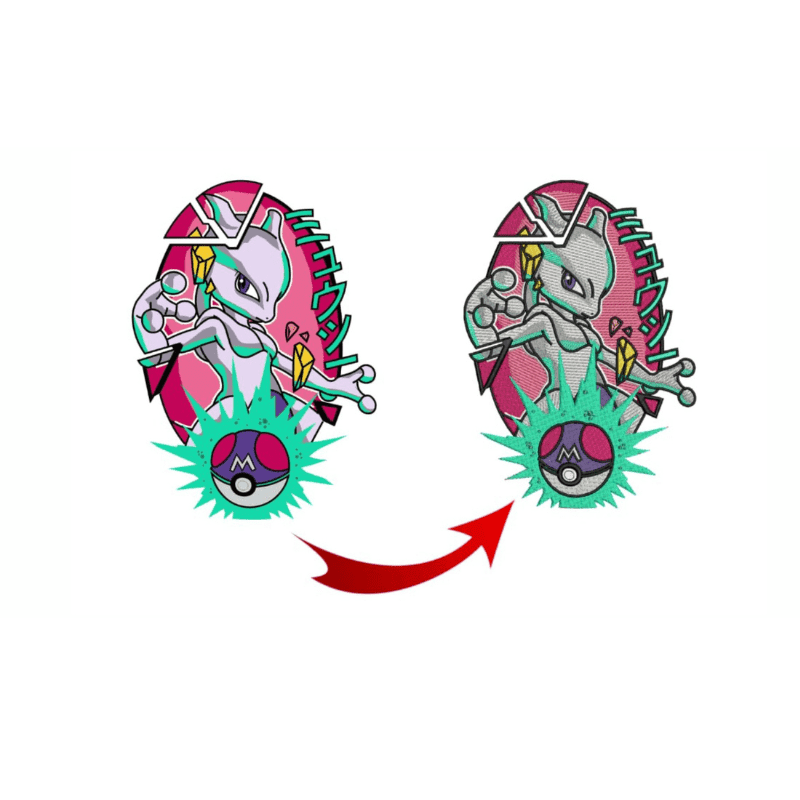Professional Digitizing for Embroidery: High-Quality Designs
Professional Digitizing for Embroidery: High-Quality Designs
Blog Article
Mastering the Needlework Digitizing Refine: Your Ultimate Guide
Embroidery digitizing is a precise craft that needs accuracy and competence to convert intricate designs right into electronic styles for equipment needlework. As craftsmens begin on this trip to understand the embroidery digitizing process, a detailed understanding of the basics sets the structure for quality.

Recognizing Needlework Digitizing Essentials
Needlework digitizing essentials develop the structure whereupon detailed layouts are converted right into machine-readable layouts for specific sewing. This first step in the embroidery digitizing process is vital for making certain that the last stitched item is a loyal depiction of the initial layout. Understanding embroidery digitizing basics involves understanding essential ideas such as stitch types, stitch direction, thickness, padding, and draw payment.
Stitch types play a vital role in determining the visual and textural outcome of the stitched design. By selecting the suitable stitch type, whether it be satin, fill, or running stitch, digitizers can accomplish the preferred impact and enhance the overall top quality of the needlework. Furthermore, stitch direction influences the flow and dimension of the design, while thickness identifies the spacing and coverage of the stitches.
In addition, padding stitching provides security to the style by protecting the fabric and preventing distortion throughout the needlework process. Pull settlement is one more crucial factor to consider to combat the all-natural propensity of fabric to agreement when stitched. Mastering these embroidery digitizing fundamentals is fundamental for creating professional-quality stitched products.
Picking the Right Digitizing Software Application
Picking the suitable digitizing software program is a vital choice that considerably influences the efficiency and high quality of the needlework digitizing process. Digitizing for Embroidery. When selecting the appropriate digitizing software, it is necessary to think about elements such as the complexity of styles you intend to create, the user-friendliness of the software, the level of client assistance offered, and the compatibility with your embroidery maker
There are various digitizing software options available out there, varying from standard programs for newbies to innovative software for professional digitizers. Some popular choices include Wilcom EmbroideryStudio, Hatch Embroidery Software, and PulseID. These software bundles provide a large variety of devices and attributes to aid you develop elaborate designs effortlessly.
Before deciding, it is a good idea to check out the different software program important link choices via totally free trials or trials to identify which one finest suits your needs. Furthermore, reading testimonials and seeking suggestions from skilled digitizers can provide beneficial understandings into the strengths and weak points of each software program bundle (Digitizing for Embroidery). By thoroughly evaluating your needs and comparing the features of various digitizing software application, you can make an informed selection that improves your needlework digitizing operations
Digitizing Tools and Methods

Optimizing Layout Setup for Needlework
Mastering the details of style settings is basic in accomplishing optimal results in the embroidery digitizing process, building upon the structure laid by recognizing digitizing tools and strategies. When optimizing style setups for embroidery, it is essential to think about factors such as stitch kind, thickness, rug, draw payment, and registration. Enrollment settings straighten various aspects of the layout precisely, keeping general layout integrity.

Troubleshooting Common Digitizing Issues
When running into usual digitizing problems throughout the embroidery process, it is essential to recognize the source and execute efficient options promptly. One usual trouble is stitch density concerns, where stitches may be as well thick, causing the material to tighten, or also sparse, causing voids in the layout. Readjusting the stitch density settings in the digitizing software program can help fix this concern.
An additional frequent difficulty is string breaks throughout the needlework procedure. This can occur due to different factors such as wrong tension settings, plain needles, or using low-quality thread. Making sure correct upkeep of the needlework machine, including regular needle modifications and tension modifications, can decrease from this source the event of string breaks.
In addition, design registration mistakes can result in misaligned aspects within the needlework layout. Examining the layout placement in the digitizing software program and making essential changes prior to sewing can assist in preventing this problem. By attending to these typical digitizing problems immediately and successfully, you can make certain a smoother needlework procedure and premium completed items.
Conclusion
Finally, mastering the embroidery digitizing procedure needs a solid understanding of the basics, the right choice of software, and expertise of devices and methods. Enhancing design setups and repairing typical digitizing issues are vital action in guaranteeing top quality embroidery outcomes. By adhering to these actions carefully, one can achieve precision and performance in the digitizing procedure.
Report this page